
Copernical Team
ESA Open Day on our Web TV
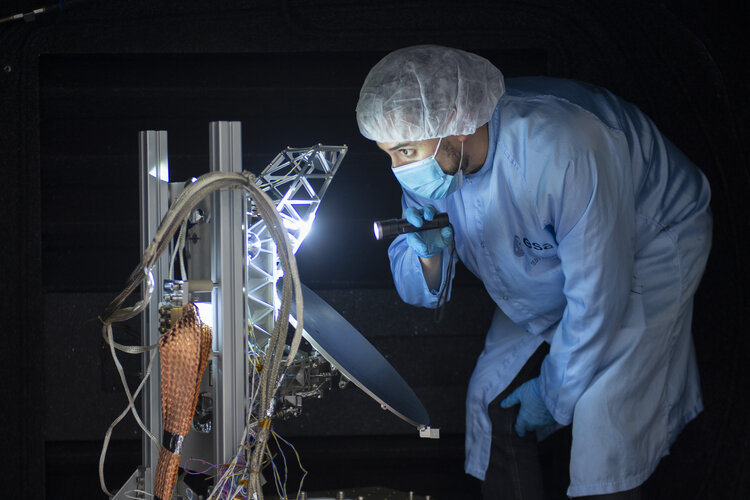
ESA Web TV is offering live coverage of events across ESA establishments during Sunday afternoon’s ESA Open Day.
Cosmic kit
 Image:
ESA astronaut Matthias Maurer wearing the SpaceX spacesuit
Image:
ESA astronaut Matthias Maurer wearing the SpaceX spacesuit Aerosols released from Australian bushfires triggers algal blooms
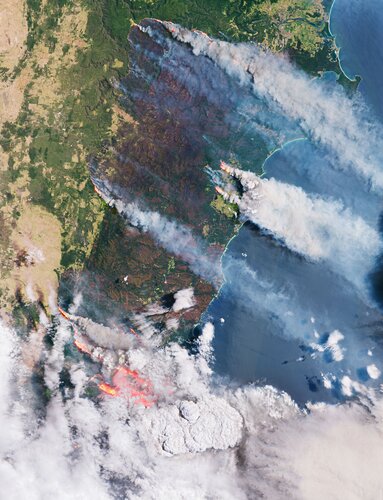
Australia’s deadly bushfires in the 2019-2020 season generated 700 million tonnes of carbon dioxide in the atmosphere – triggering vast algal blooms in the Southern Ocean. Using satellite data, two new studies published in Nature prove how satellites can illuminate the complicated ways in which Earth is responding to climate change in an era of worsening wildfires.
Virgin Galactic says FAA has cleared it for further flights

The spectrum of gravitational waves
 Image:
Image:
Gravitational waves are ripples in spacetime produced by the acceleration of very massive objects, such as black holes coming together and merging. Different objects in space produce gravitational waves of different timescales, ranging from milliseconds to billions of years. Some of these waves can only be observed from space.
This is the goal of ESA’s future mission LISA, which will be the first space-based gravitational wave observatory.
LISA will study gravitational waves that are produced by merging stellar mass black holes, supermassive black holes and white dwarfs. It will also pick up the waves produced by compact objects, like neutron stars
FAA again delays final decision on Georgia spaceport permit

NASA’s Lucy Mission Prepares for Launch to Trojan Asteroids
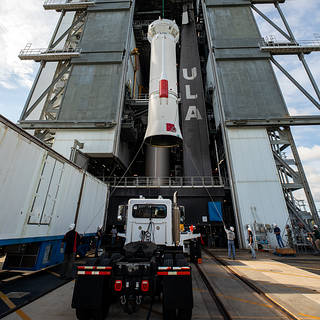 NASA has tested the functions of Lucy, the agency’s first spacecraft to study Jupiter’s Trojan asteroids, filled it with fuel, and is preparing to pack it into a capsule for launch Saturday, Oct. 16.
NASA has tested the functions of Lucy, the agency’s first spacecraft to study Jupiter’s Trojan asteroids, filled it with fuel, and is preparing to pack it into a capsule for launch Saturday, Oct. 16. The Moon in better sight
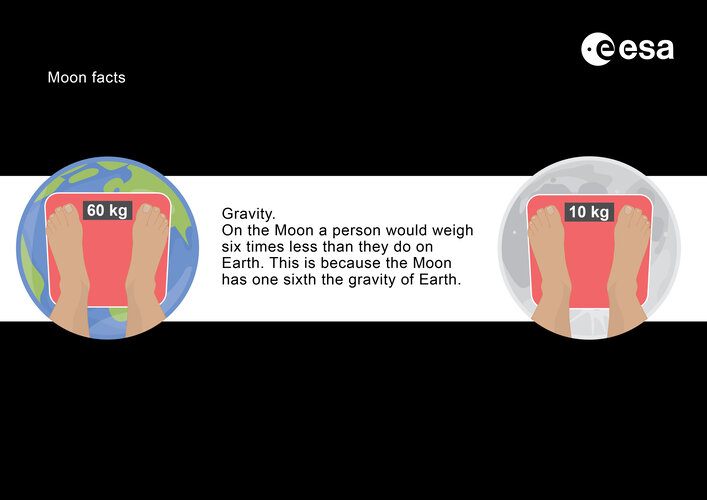
People with sight loss and sensory disabilities often experience problems seeking information online. ESA is bringing the Moon closer to them with a more accessible series of infographics.
NASA's Lucy mission to probe Jupiter's mysterious Trojan asteroids
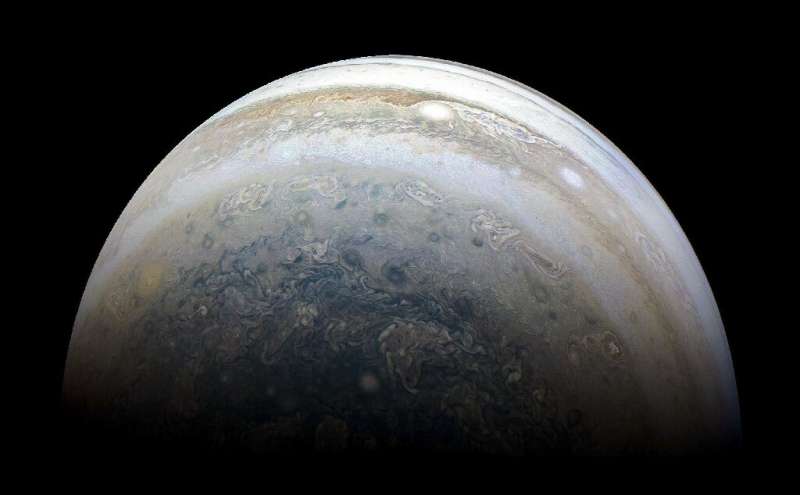
NASA is poised to send its first spacecraft to study Jupiter's Trojan asteroids to glean new insights into the solar system's formation 4.5 billion years ago, the space agency said Tuesday.
The probe, called Lucy after an ancient fossil that provided insights into the evolution of human species, will launch on October 16 from Cape Canaveral Space Force Station in Florida.
Its mission is to investigate the group of rocky bodies circling the Sun in two swarms, one preceding Jupiter in its orbital path and the other trailing behind it.
Space Station port relocation explained – French with English subtitles
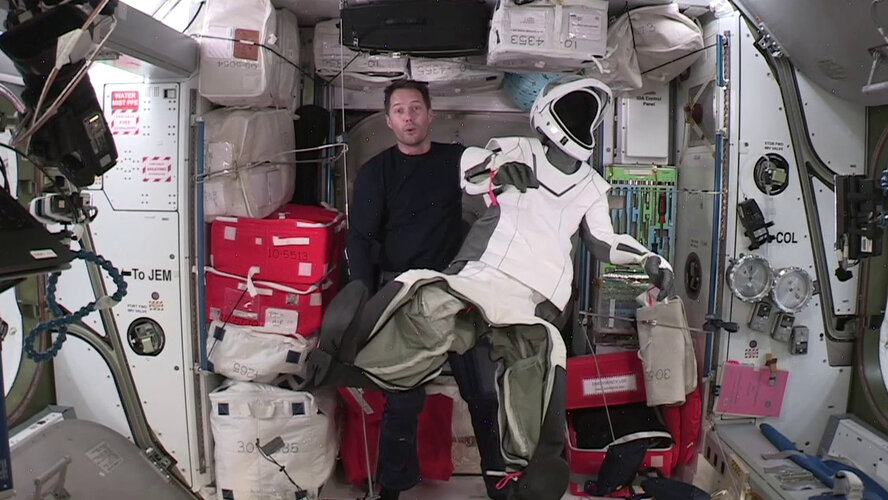 Video:
00:03:20
Video:
00:03:20
ESA astronaut Thomas Pesquet is on his second mission to the International Space Station called Alpha. In this video Thomas explains the process behind relocating the SpaceX Crew Dragon Endeavour to another port on the Space Station.
NASA astronauts Megan McArthur, Shane Kimbrough, JAXA astronaut Aki Hoshide and Thomas flew to the International Space Station in Crew Dragon Endeavour as part of Crew-2. On 21 July the four astronauts got into their spacesuits and took their Dragon spacecraft for a spin to undock from the forward port of Harmony and redocked with the same module on another port.
